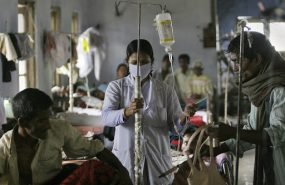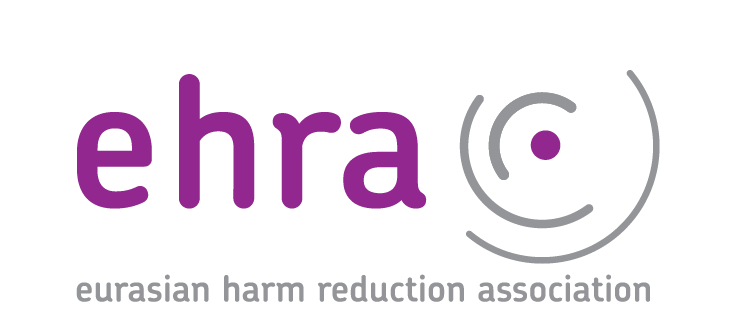Consequences of the GF’s withdrawal from Serbia
- 20.12.2017 14:47
- Post Views: 878
The sharp reduction in Global Fund support has resulted in major financial gaps in HIV and AIDS programming in EECA that governments are not prepared to fill. With no transition plan in place and a lack of support from other donors, Serbia is one of several countries that risks losing its previous successes in HIV prevention. Its last HIV grant form the Global Fund ended in 2014 and it is unable to apply for new funding.
That is why a case study documenting the initial impacts of the Global Fund’s withdrawal from Serbia on the work of harm reduction programs in the country was developed in order to analyze the situation and try to formulate what measures the Global Fund, national governments, civil society, and other donors should consider to ease the transition and safeguard previous gains in HIV prevention in those EECA countries which are in similar situation as Serbia.
The document was originally published by Eurasian Harm Reduction Network on www.harm-reduction.org
Related News
Global Fund Strategy Development – Open Consultation Questions
COVID-19 is radically altering global health, politics and economics, and the impact upon programs fighting HIV, TB and malaria will likely be tremendous. The new pandemic could completely derail our vast efforts of the past 20 years. At the same time, it has galvanized public awareness on global health security in a way that builds […] Read moreGlobal Fund Technical Brief Tuberculosis, Gender and Human Rights
The purpose of this technical brief is: to assist Global Fund applicants to consider how to include programs to remove human rights and gender-related barriers to tuberculosis prevention, diagnosis and treatment services within funding requests, and to help all stakeholders ensure that TB programs promote and protect human rights and gender equality. Post Views: 857 Read moreGlobal Fund Technical brief on HIV and key populations Programming at scale with sex workers, men who have sex with men, transgender people, people who inject drugs, and people in prison and other closed settings
The purpose of this technical brief is to provide information for countries preparing funding requests for comprehensive programs that address the cascade of HIV prevention, diagnosis, treatment, and care for the following key populations: male, female, and transgender sex workers, gay men and other men who have sex with men, transgender people (especially transgender women), […] Read moreServices for migrants and refugees from Ukraine – HIV/TB care with a focus on key populations
Due to the increasing flows of refugees from Ukraine because of Russia’s invasion of Ukraine, the EECA Regional Platform created a spreadsheet to fill contacts details of face-to-face and online services for refugees and migrants (with a focus on HIV/TB care and key population groups).
Regional Platform – EECA
This web-resource is a part of new regional communication and coordination project “Regional Civil Society and Community Support, Coordination and Communication Platform - EECA”, implemented by Eurasian Harm Reduction Association (EHRA).
Tags
See also
-
RFP: consultant for meeting preparation/ facilitation 15.10.2025 16:22
-
WEBINAR: Web3 and Crypto Fundraising 13.10.2025 15:43
-
EECA’s Regional Platform monthly Newsletter #16, September 2025 18.09.2025 16:23
-
Report: Community engagement in Global Fund reprioritization 16.09.2025 12:35
-
Global Fund 2025 Results Report 12.09.2025 12:18







